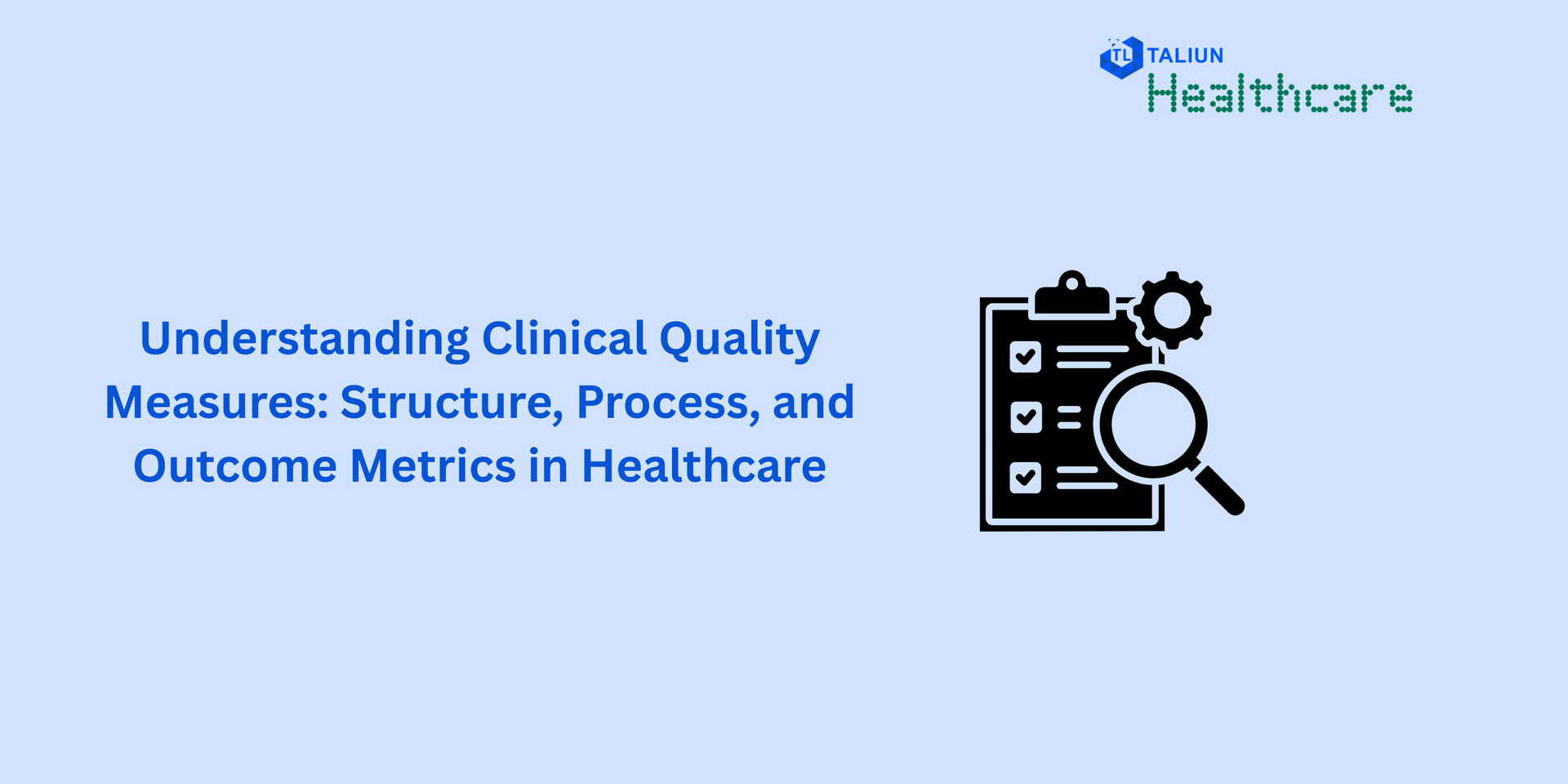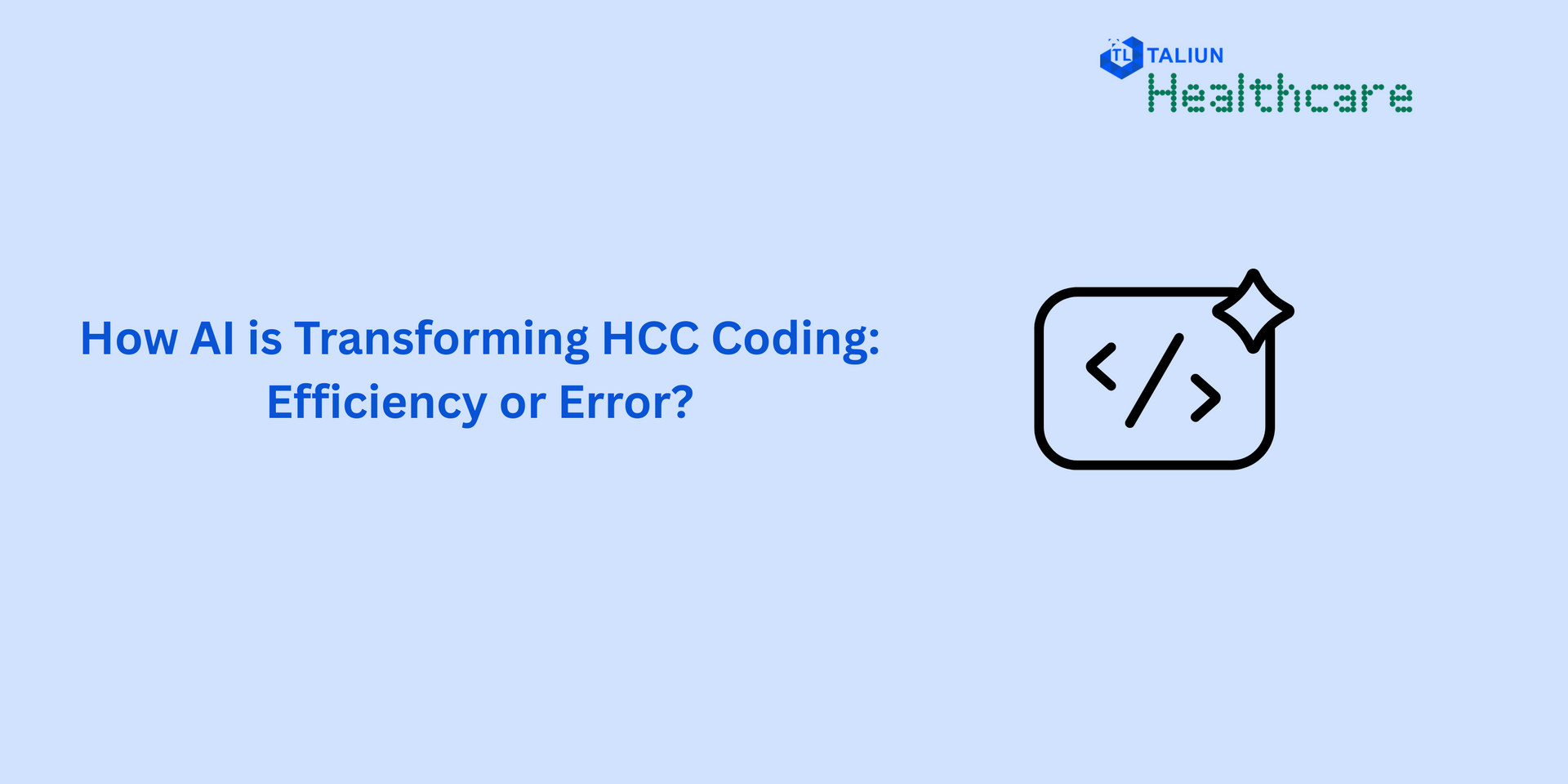How to Improve HEDIS Scores In-Year | Taliun

Let’s get one thing straight: improving HEDIS scores isn’t just about metrics. It’s about trust. Trust that recommended screenings happen. That chronic conditions are managed. That the system is working as it should, for real people.
Still, every year, teams across the healthcare system scramble to close care gaps, chase documentation, and improve Star Ratings before time runs out.
The good news? You don’t need to wait for the next reporting cycle to make a difference. The real work happens in-year, and there’s still time to move the needle.
Here are five practical, data-backed strategies to improve HEDIS scores this year, not next.
1. Get Closer to Your Data, Sooner
The organizations with the highest HEDIS scores don’t wait for year-end reports. They anticipate issues before they become problems. Real-time dashboards that highlight HEDIS gaps by member, provider, and measure can give your team an early advantage.
Pro Tip: Blend claims, EHR, and social determinants of health data to spot hidden risks. A diabetic member who’s overdue for an eye exam may not show up in claims for months, unless you're actively watching.
2. Turn Care Gaps into Member Touch-points
Every care gap is a chance to build loyalty. Use SMS, IVR, or care manager outreach to connect with members around missing screenings or medications.
Go beyond reminders. Make the message personal. Make it feel like care, not compliance.
Example: “Hi Maria, we noticed it’s time for your mammogram. We’d love to help you schedule it,just reply YES.”
3. Engage High-Impact Providers Early
Not all providers influence HEDIS scores equally. Focus on those with high member volume and lower gap closure rates. Bring them into the conversation early and give them the tools to succeed.
Share provider-friendly dashboards. Recognize top performers. Offer hands-on support to those who need it.
4. Modernize Documentation Workflows
A major part of HEDIS compliance hinges on whether the data is properly captured. Automate medical record retrieval. Use NLP tools that can pull structured data from provider notes.
Bonus: Predictive AI can identify clinical actions that should have happened but didn’t, giving you a chance to act before the window closes.
5. Create a Culture of Continuous Measurement
If your HEDIS strategy still feels like an annual fire drill, it's time for a change. The most successful organizations treat HEDIS as a year-round effort. Daily huddles, weekly metrics, monthly provider engagement, it all matters.
Build performance into the rhythm of your team. When everyone owns a small part of the process, no one feels overwhelmed.
Final Thought: HEDIS Is About More Than Scores
Ultimately, HEDIS isn’t just a box to check. It’s a reflection of how well you’re showing up for your members. When care delivery is intentional, proactive, and supported by smart infrastructure, performance improves as a natural outcome.
At Taliun, we help healthcare organizations use real-time analytics, predictive modeling, and AI-powered insights to close care gaps faster, and keep them closed. If you're ready to turn your in-year HEDIS performance into real momentum, we’re here to help.




